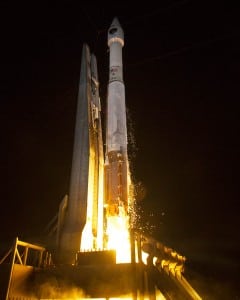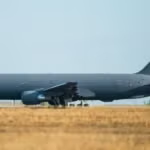
Aerojet Rocketdyne [AJRD] is exploring using additive manufacturing to improve the injector and possibly the chamber of its RL-10 engine, according to a top executive.Aerojet Rocketdyne Vice President of Advanced Space and Launch Julie Van Kleeck told Defense Daily Wednesday in an interview at the company’s Arlington, Va., office that Aerojet Rocketdyne started working on additive manufacturing, also known as 3D printing, a number of years ago, but has significantly invested in the processing and the technology over the past…













